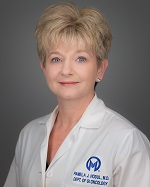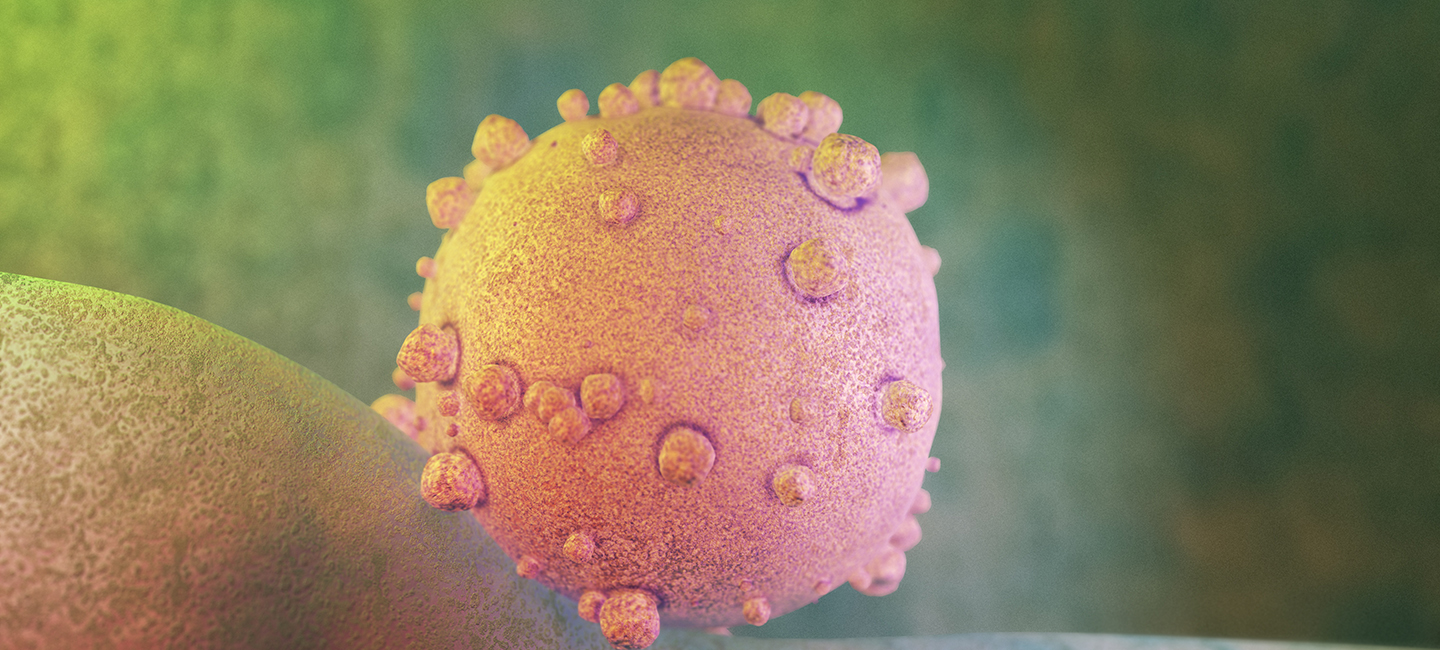Pancreatic Cancer: Mission Possible
This year, about 57,000 people will be diagnosed with pancreatic cancer, and about 46,000 of them — or 81% — will die. The disease has one of the lowest five-year survival rates, and it feels like we are seeing more and more people being diagnosed.

Dr. Pamela Hodul, gastrointestinal surgeon
To better understand the push for more research and the advancements experts are hoping to make, we asked Moffitt Cancer Center gastrointestinal surgeon Dr. Pamela Hodul about the disease.
We have seen a lot of celebrities in the news lately diagnosed with pancreatic cancer. Are the incidence rates increasing?
Yes, in the United States pancreatic cancer incidence has crept upward by about 0.5% annually for more than a decide. It will soon become the No. 2 cause of cancer-related deaths in the U.S. in 2020 behind lung cancer. More than three quarters of patients diagnosed are between 55 and 84 years old.
What makes pancreatic cancer so difficult to treat and the survival rates so low?
Because patients seldom exhibit symptoms until an advanced stage of the disease, pancreatic cancer remains one of the most lethal malignant neoplasms. Despite advancements in the detection and management of pancreatic cancer, the five-year survival rate still stands at 9%.
Are there any advancements or research coming down the line that could impact how the disease is treated or increase survival?
Latest research is focusing on early detection and prevention, which includes testing of blood and tissues for biomarkers to predict at-risk individuals. Drug development with a goal toward personalized chemotherapy regimens is also setting precedence, and more and more individuals are having their tumors tested for molecular markers that may lead to personalized care plans. We know that not all pancreatic cancers are the same as only 30% to 40% of patients will respond to the current chemotherapy regimens.
What advice would you give someone diagnosed with pancreatic cancer?
Patients should seek treatment at a high-volume pancreatic cancer treatment center. Recent studies show that patients treated at a high-volume center had superior median and five-year overall survival compared to patients treated in a community setting. Patient volume is an indicator for multidisciplinary treatment planning, experience on the part of clinicians and staff and better supportive services so that a high percentage of patients complete therapy.
What factors increase the risk of pancreatic cancer?
Chronic inflammatory states such as pancreatitis, diabetes and obesity, as well as contributing factors such as smoking and alcohol intake, increase risk. Family history of pancreatic cancer or genetic syndromes can also increase cancer risk, including a BRCA2 gene mutation and Lynch Syndrome.
Pancreatic Cancer Symposium: Mission Possible
- WHAT: Learn about advancements in prevention, early detection and treatment of pancreatic cancer. Afternoon sessions will be focused on nutrition, pain management and caregiver needs. Lunch and refreshments will be served.
- WHEN: Friday, Oct. 18, 2019, 8 a.m. to 3:30 p.m.
- WHERE: Moffitt Cancer Center, Stabile Research Building Atrium, 12902 USF Magnolia Drive
- COST: Free
- RSVP: Please click here to RSVP by October 11.



